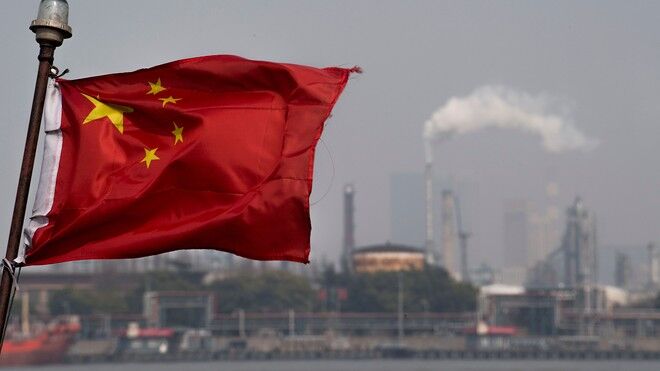The drop in refining output could reduce crude demand from the world's top importer and cool its fuel exports, capping global crude prices but supporting refined product prices and refining margins in Asia, Reuters reported.
China is expected to process 15.1 million barrels per day (bpd) in November, down from 15.37 million bpd in October, consultancy FGE said, primarily because of run cuts at small independents, known as teapots, and state refiners.
"Refineries should be mulling marginal run cuts due to limited export quotas left for the remainder of this year," Mia Geng, FGE's head of China oil analysis, told Reuters, referring to state refiners.
"On top of that, we are already seeing stockbuilds for transportation fuels on weakening demand."
State refiners, which cashed in on lucrative fuel exports earlier in the year, see little incentive to boost throughput as Beijing is unlikely to release more fuel export permits this year.
State-run refiners will likely cut this month's throughput by about 7% from October rates to between 9.69 million and 9.95 million bpd, according to estimates by Chinese consultancy JLC and Longzhong.
"Margins are almost disappearing as we're processing higher-priced crude while demand for refined fuel is weakening," said an official at a Sinopec refinery, declining to be named, adding his plant is trimming runs by about 20,000 bpd this month to the lowest level this year.
"Poor industrial demand for petrochemicals is not helping."
Consultancy Energy Aspects trimmed its forecast for China refining runs in November and December by 100,000 bpd to average 15.65 million bpd in the fourth quarter.
During the two months, China's exports of clean products such as gasoline, diesel and jet fuel could also halve to 2 million metric tons per month in the absence of additional quotas, it added.
"Our Q4 runs forecasts are facing more downward pressures given recent teapots runs cuts driven by both plunging margins and crude import shortage," analyst Sun Jianan told Reuters in an email reply.
Cut at independents
Utilisation rates at teapots in the refining hub of Shandong Province are averaging about 57%, down from about 65% in early October, according to China-based consultancy Longzhong, marking the lowest level since May 2022 when activity was crimped by China's COVID-19 curbs.
The reduction came after refining margins slumped to about 200 yuan ($27.33) per metric ton in October, a 2023 low, and as Russian oil became more expensive.
Consultancy JLC forecast independents, including teapots and large private refiners like Zhejiang Petrochemical and Hengli Petrochemical, to lower runs by 5%-10% in November versus October, to 4.5 million to 4.75 million bpd, and subsequently a further 3% reduction in December.
The slowdown has seen China's overall crude inventory rise by 2 million barrels over the past two weeks to 958 million barrels, data from analytics firm Vortexa showed. In Shandong, crude inventories are at about 220 million barrels, off an early-August peak of about 230 million barrels but above the about 150 million barrels at the beginning of the year.
Prices for December-arrival Russian ESPO crude retreated to par with, or a few cents a barrel below, ICE Brent on a delivered-ex-ship (DES) basis in China, three market sources said, down from a premium of about $1 a barrel last month – the first month-on-month price decline since February.
"Teapots are more price sensitive now than a few months ago and are in no rush to stock up more oil," said another China-based oil trader.


Your Comment